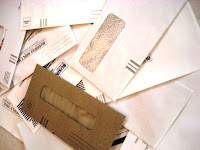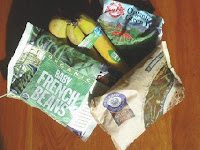 |
| coco brick (thefind.com) |
 |
| Peat bog being harvested. (wsgs.uwyo.edu) |
Over the years I've eliminated pesticides and chemical fertilizers from my garden. I have invested in some quality hand tools that make gardening easier, and used compost extensively. The one thing I continued to use, although sparingly, was peat to start my seedlings. When I bought a bag a few years ago because I didn't know what else to use, I promised myself it would be my last. So this year I researched replacement material. I discovered a product, coco peat (made from coconut husk fiber or coir), that resembles peat’s qualities, yet is renewable (no peat bogs are depleted). I ordered some coco peat seed starting pellets, and bricks that will expand to use in a seed blocker.
 |
| coco pellets (thctalk.com) |
I’ll let you know how they work in a few months. In the meantime, one “tip” down…four to go.
~~~~~~~~~~~~~~~~~~~~~~~~~~~~~~~~~~~~~~~~~~~~~~~~~~~~~~~~~~~~~~~~~~~~~~~~~~~ Some online sources for coco peat products are:
If you discover a local source to purchase coco peat, let me know.








